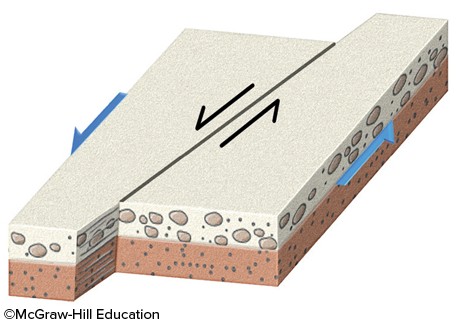Compare the thickness of pelagic sediments in the Pacific Ocean to that of the Atlantic. What reasons account for the differences? Using information from Chapter 4, would the type of margin have an effect? Why or why not?
· The sediments in the Atlantic Ocean are thicker than those found in the Pacific. The Atlantic is approximately 1 kilometer thick and the Pacific is less than 0.5 kilometers thick.
· There are a few reasons as to why sediments are thicker in the Atlantic. First, the Atlantic is fed by more rivers than the Pacific. This results is that more terrigenous sediment reaches the continental shelf. Also, the Atlantic has a smaller area for those sediments to cover. Lastly, the Pacific Ocean has many trenches and topography that traps sediments moving towards the basin.
· The type of margin can have an effect. Active margins, such as the Pacific, are associated with more geological activity and subsequently more bathymetric features. These features have an effect on how sediments get distributed.
· The Atlantic's passive margin is relatively flat. There are not as many bathymetric features to trap sediments.
You might also like to view...
Cell division yielding sex cells, sperm and eggs in animals, and pollen and ovules in plants, in which the number of
chromosomes is reduced by half is ____. a. mutation b. mitosis c. meiosis d. natural selection e. evolution
The ____________ zone is the thin area at the top of the surface zone in which light penetrates. Fill in the blank(s) with the appropriate word(s)
What type of stress could form the fault in this figure?
A. shear B. vertical tension C. confining pressure D. None of these choices are correct.
Which of the following organisms is in the same kingdom as humans (kingdom: animalia)?
a) Giant kelp b) Blue-green algae c) Eel grass d) Sea urchin e) Bacteria